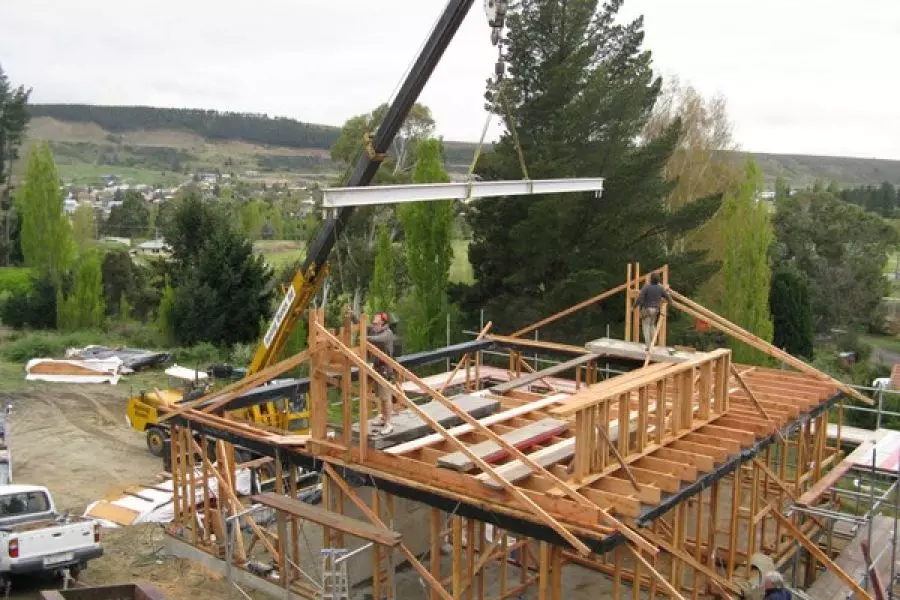News
Non-bank finance makes for small development boom

Thursday 25th of August 2016
Hamilton-based mortgage broking firm Omega Capital has seen demand for non-bank finance from small developers skyrocket in the past two years.
Omega Capital director Scott Massey said growing numbers of people are undertaking small scale developments on blocks of land that they own in populated areas.
“They may have been holding the blocks, which are usually between half a...
Want to read the full article?
Click the button below to subscribe and will have unlimited access to full article and all other articles on the site.






![[The Wrap] Bye Bye Bayly](https://goodreturns.publit.io/file/c_fill,w_900,h_600/39f23ac1-f7c7-4854-b700-a150004ebbac.webp)


